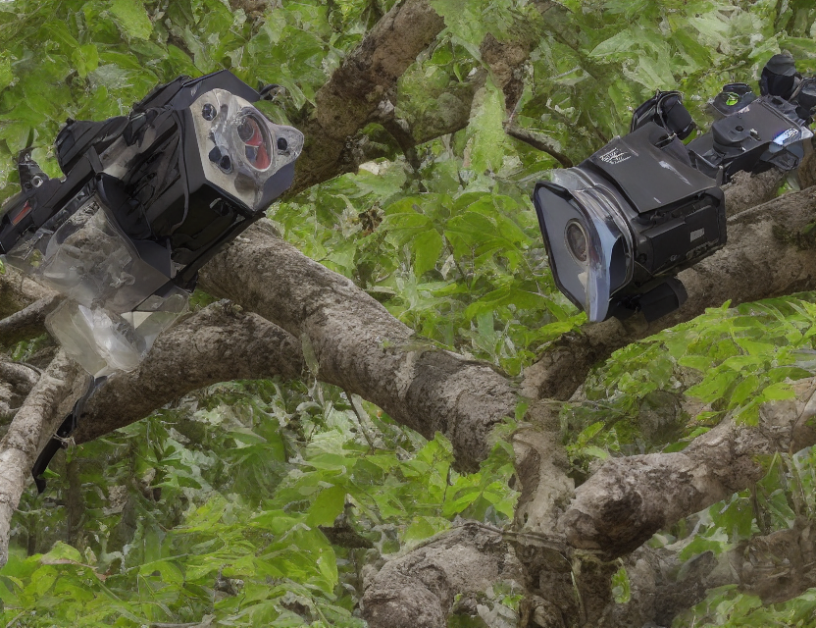Wildlife conservation is a critical global issue, with camera traps playing a crucial role in monitoring and protecting endangered species. However, processing and analyzing the vast amounts of data generated by these cameras can be challenging, especially for non-experts. To address this challenge, researchers have turned to AI, leveraging its incredible capabilities to automate and enhance the analysis process. In this article, we will delve into the world of AI-powered camera traps and explore how they are revolutionizing wildlife conservation efforts.
Section 1: The Power of AI in Wildlife Conservation
AI has proven to be a game-changer in various fields, including healthcare, finance, and transportation. In the context of wildlife conservation, AI can help analyze vast amounts of data generated by camera traps, enabling researchers to identify patterns and trends that were previously undetectable. By automating this process, AI enables conservationists to focus on other critical tasks, such as habitat preservation and species protection.
Section 2: Camera Traps and Data Analysis
Camera traps are an essential tool for wildlife monitoring and conservation efforts. These devices capture high-resolution images of animals in their natural habitats, providing valuable insights into their behavior, population dynamics, and other factors critical to their survival. However, processing and analyzing the vast amounts of data generated by camera traps can be a daunting task, especially for non-experts. This is where AI comes in, enabling researchers to automate the analysis process and extract valuable insights from the images captured by camera traps.
Section 3: AI Algorithms for Wildlife Conservation
Several AI algorithms have been developed to analyze camera trap data, including PAR-DINUS, a deep learning algorithm that can detect and classify animals in images with incredible accuracy. Other algorithms include Hidden Markov Models (HMMs), which are statistical models that can identify patterns in animal behavior, and Convolutional Neural Networks (CNNs), which can analyze images to detect specific features, such as animal species or habitats.
Section 4: Applications of AI in Wildlife Conservation
AI has numerous applications in wildlife conservation efforts, including:
- Animal population monitoring: By analyzing camera trap data using AI algorithms, researchers can gain insights into animal populations, such as their size, distribution, and behavior. This information is crucial for developing effective conservation strategies.
- Habitat preservation: AI can help identify areas of high conservation value and detect changes in habitat quality, enabling researchers to prioritize conservation efforts more effectively.
- Endangered species monitoring: AI algorithms can analyze camera trap data to detect endangered species, such as rhinos or elephants, and monitor their populations over time.
Section 5: Challenges and Limitations of AI in Wildlife Conservation
While AI has incredible potential for wildlife conservation, there are several challenges and limitations to consider:
- Data quality: The quality of camera trap data can vary significantly, depending on factors such as image resolution, lighting conditions, and animal behavior. This can affect the accuracy of AI algorithms and limit their effectiveness in analyzing the data.
- Training time: Developing and training AI algorithms for wildlife conservation can be a time-consuming process, requiring significant computational resources and expertise.
- Ethical considerations: The use of AI in wildlife conservation raises ethical concerns, such as ensuring animal welfare and protecting privacy rights. Researchers must address these issues carefully to ensure that AI is used responsibly and ethically.
Conclusion
AI has the potential to revolutionize wildlife conservation efforts by automating data analysis and providing valuable insights into animal behavior, population dynamics, and habitat quality. While there are challenges and limitations to consider, the potential benefits of AI in this field are significant, and researchers must continue to explore its applications and develop new algorithms to address these challenges. By harnessing the power of AI, we can better protect endangered species and preserve our planet’s precious ecosystems for future generations.



